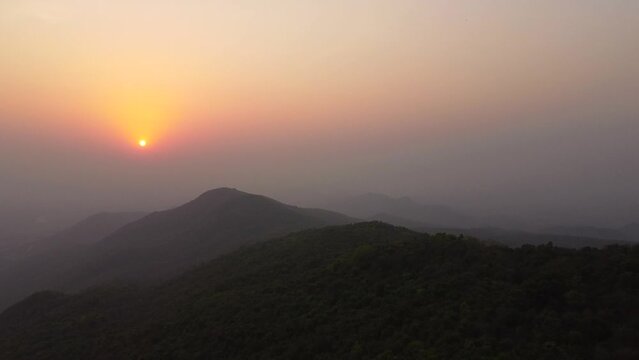Jamshedpur
A complete tourist and cultural guide
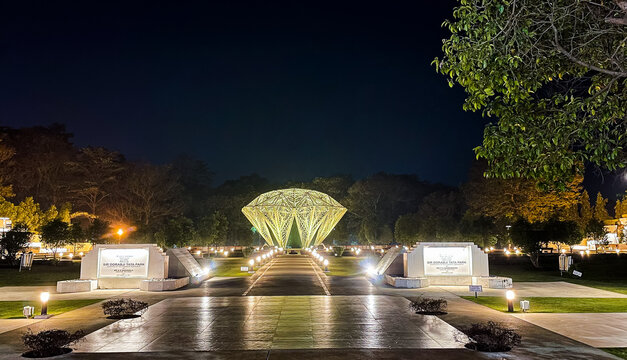
Jubilee Park in Jamshedpur, Jharkhand, showcasing lush greenery, a stunning lake, and the iconic Tata Steel works in the background.
Jamshedpur, fondly known as the “Steel City of India,” is a unique planned city and the industrial capital of Jharkhand. Unlike ancient spiritual centers, it was founded by Jamsetji Nusserwanji Tata in the early 20th century, making it one of the first planned industrial cities in the world. Known for its pristine cleanliness, wide tree-lined avenues, and robust economy, it offers a fascinating blend of industry, nature, and modern urban life.
Wiki Link: Jamshedpur wiki page
Must-Visit Attractions in Jamshedpur
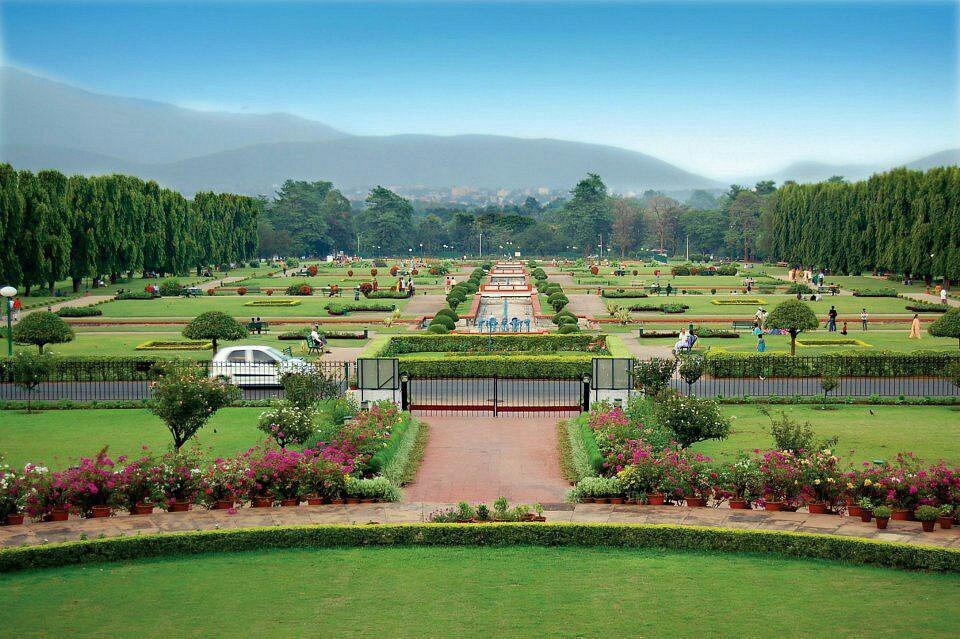
Jubilee Park
A vast 225-acre green oasis gifted by Tata Steel, featuring gardens, a lake, and a toy train.
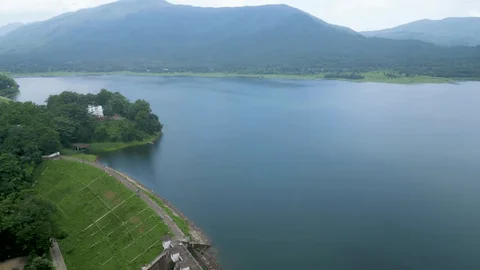
Dimna Lake
A scenic reservoir at the foot of the Dalma Hills, perfect for boating and picnics.
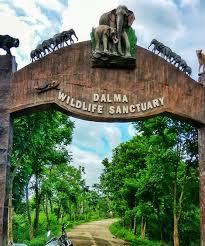
Dalma Wildlife Sanctuary
A protected forest sanctuary known for its population of wild elephants and trekking trails.
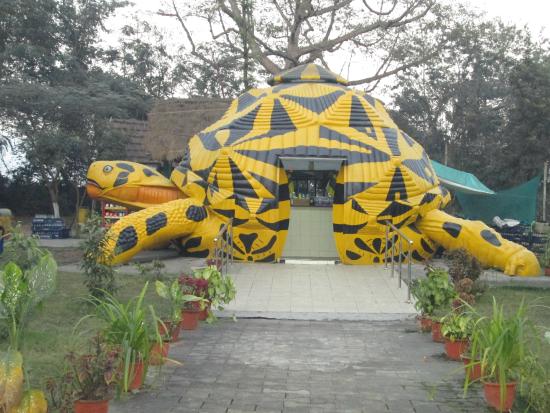
Tata Steel Zoological Park
A conservation-focused zoo housing a diverse collection of animals, including rare white tigers.
Major Attractions Nearby Jamshedpur
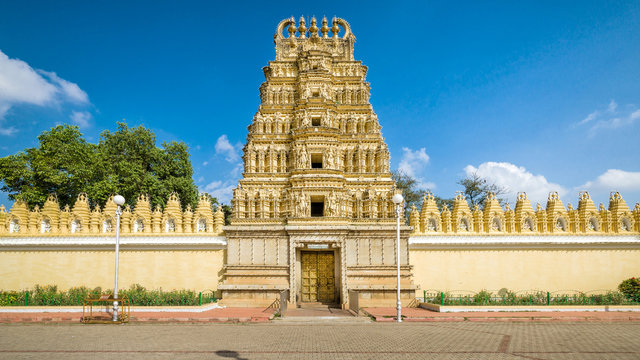
Bhubaneswari Temple
A serene hilltop temple dedicated to Goddess Bhubaneswari, offering breathtaking panoramic views of the surrounding landscape.
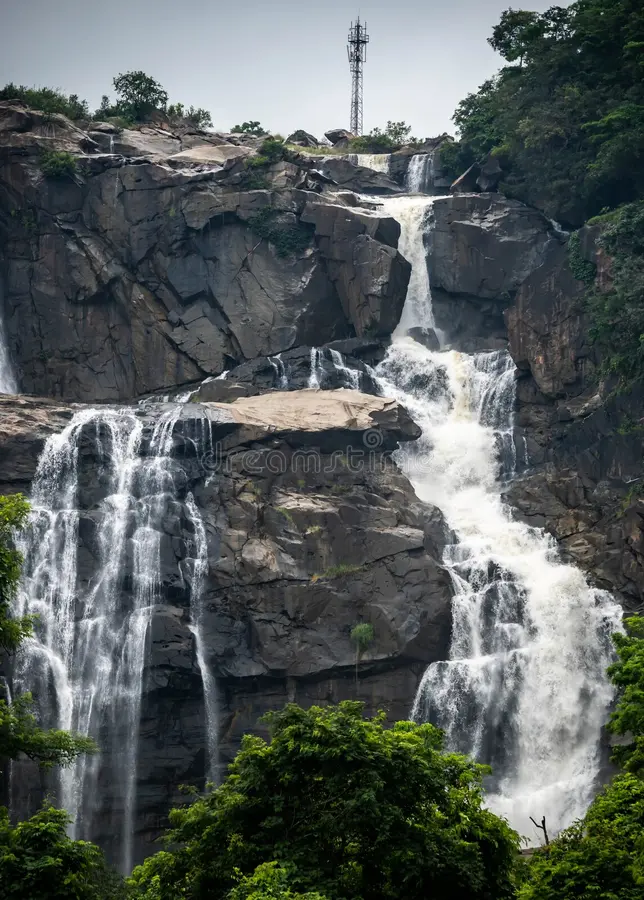
Hundru Falls
One of Jharkhand’s highest waterfalls, where the Subarnarekha River plunges over rugged rocks into refreshing natural pools.
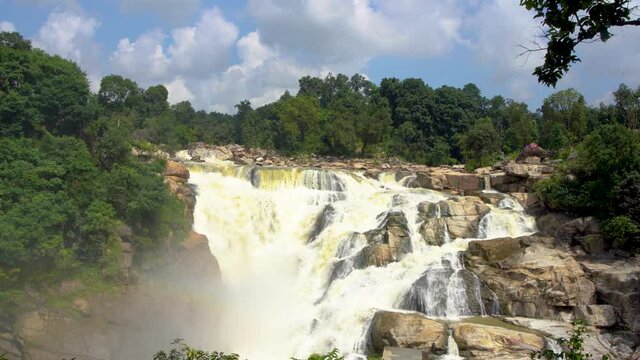
Dassam Falls
A powerful and scenic cascade on the Kanchi River, popular for its thunderous beauty and picturesque picnic spots.
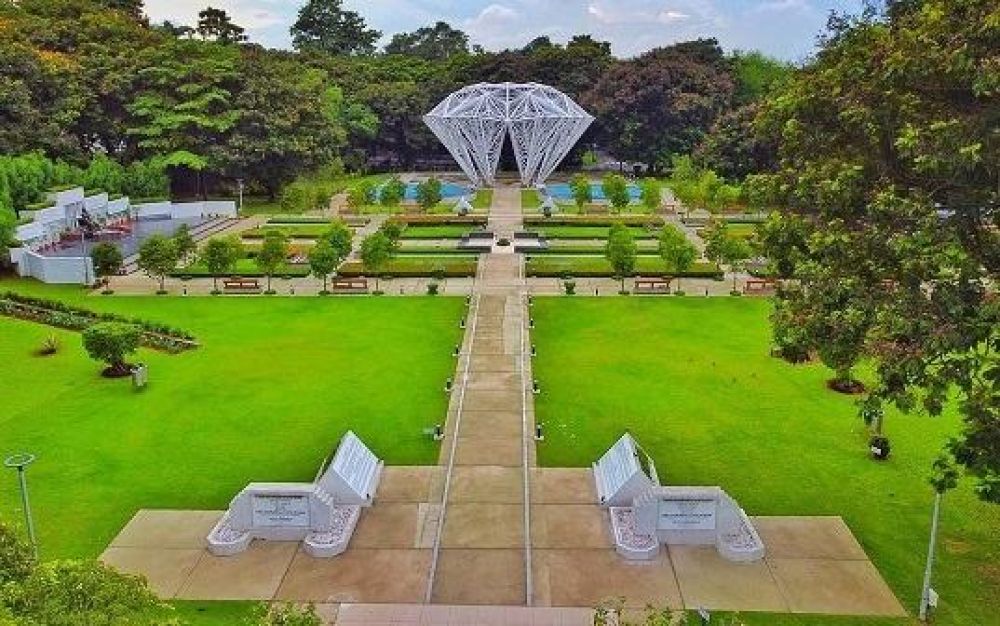
Sir Dorabji Tata Park
The city’s oldest and most iconic park, featuring lush lawns, a musical fountain, and the majestic Tata Steel works as its backdrop.
Things to do in Jamshedpur
Experience the industrial might, natural beauty, and urban planning of India’s Steel City.
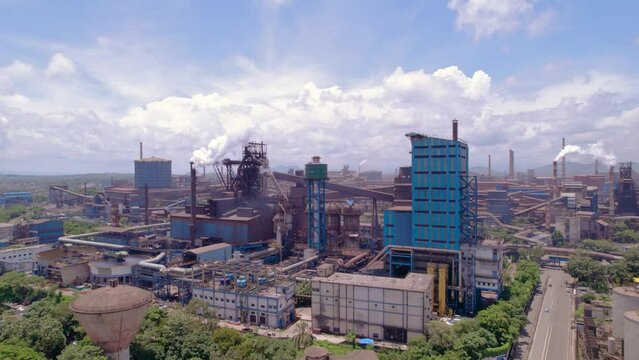
Factory Tour
Witness the fascinating process of steelmaking on a guided tour of the iconic Tata Steel plant.
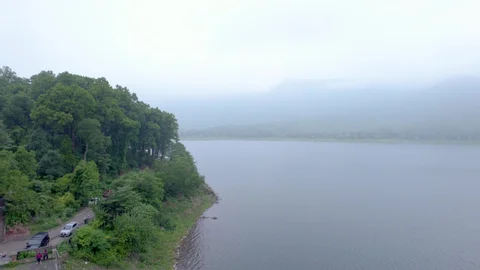
Boating at Dimna Lake
Rent a paddleboat and enjoy the tranquil waters surrounded by scenic Dalma Hills.
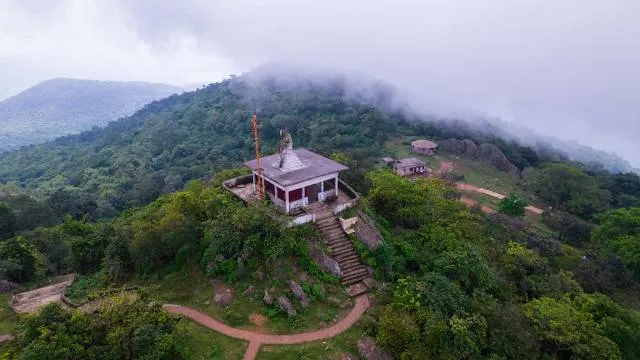
Trekking in Dalma Hills
Embark on an adventurous trek through sanctuary trails to spot local wildlife.
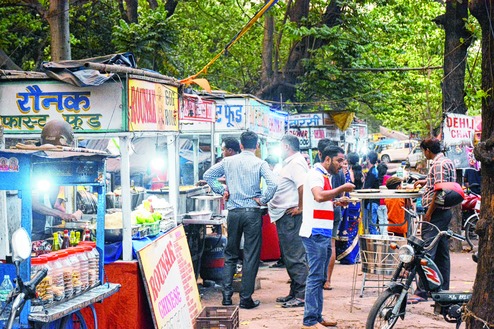
Explore Street Food in Sakchi
Sample diverse local delicacies like litti chokha and chaat in the bustling market.
The Performing Art of Jamshedpur
As an industrial melting pot, Jamshedpur’s culture is a vibrant amalgamation of traditions brought by people from all over India. This has created a unique cultural scene where traditional tribal performances coexist with modern arts.
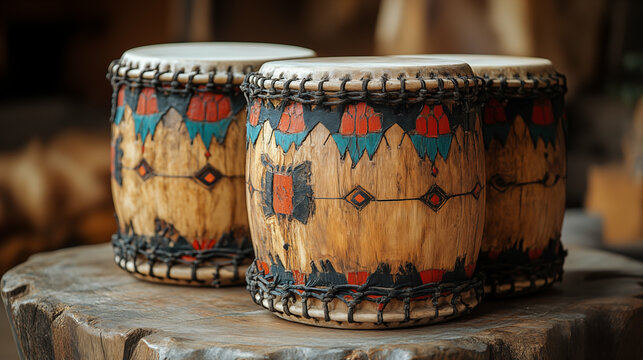
Tribal Folk Music
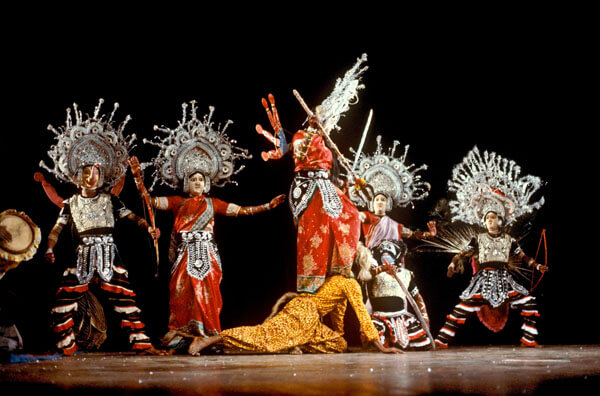
Chhau Music

Modern & Bollywood
The state is a revered cradle of Hindustani classical music, home to iconic gharanas like Gwalior and Banaras that have profoundly shaped its evolution. The soulful and complex styles of Khayal, Dhrupad, and the lighter Thumri are widely performed, echoing in its cultural hubs. This classical foundation is enriched by a vibrant tapestry of folk music, where genres like Chaiti and Birha narrate timeless tales of love, devotion, and daily life. Together, they create a deeply resonant and enduring musical heritage.
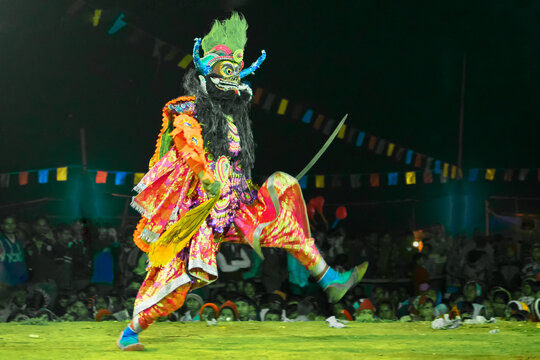
Chhau Dance
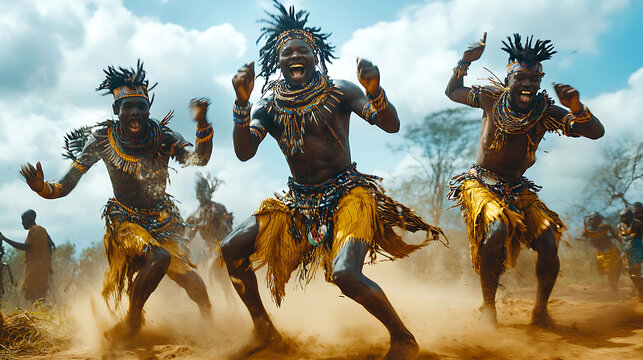
Tribal Dances
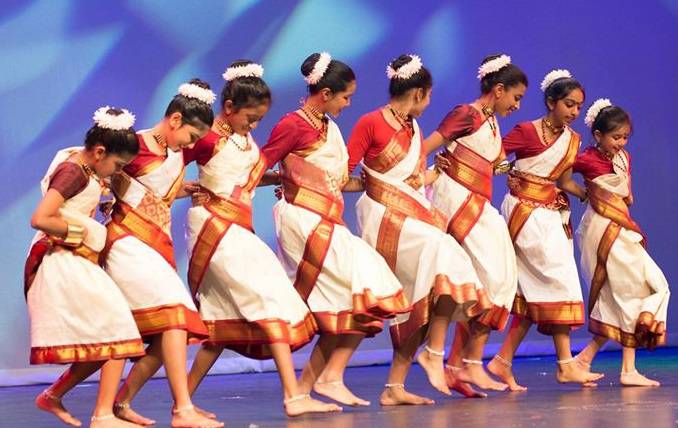
Jhumair
Kathak is one of the eight major classical Indian dance forms, renowned for its graceful pirouettes, intricate footwork, and expressive storytelling. Originating from the northern states, it has its roots in the ancient temples of Varanasi and the royal courts of Lucknow. Dancers use precise rhythmic patterns, animated facial expressions, and fluid movements to narrate mythological tales and devotional poems. The dance elegantly blends elements of both Hindu and Muslim cultures, reflecting a rich historical synthesis.
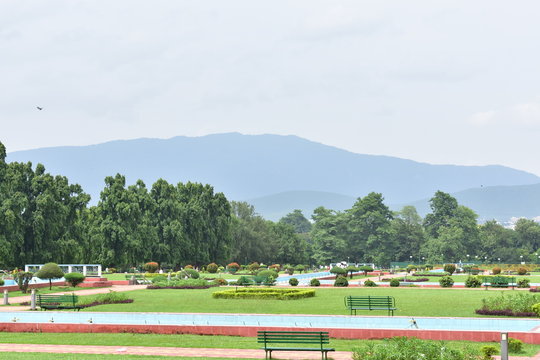
City Vibes - The Pittsburgh of India
Jamshedpur radiates a vibe of disciplined progress and harmonious living. It’s a city where the hum of industry blends with the rustle of leaves in its many parks. The ethos of its founders is evident in its well-laid-out sectors, excellent civic amenities, and a strong sense of community. It’s not a city of ancient temples but of modern temples of industry, innovation, and green urban planning.
Heritage of Jamshedpur
Jamshedpur’s heritage is industrial and modern. Its history is the story of India’s industrial revolution, pioneered by the Tata family. The city’s landmarks are its factories, its first planned layout, and its institutions built for the welfare of its workers and citizens. The tribal heritage of the surrounding region also deeply influences its cultural fabric.
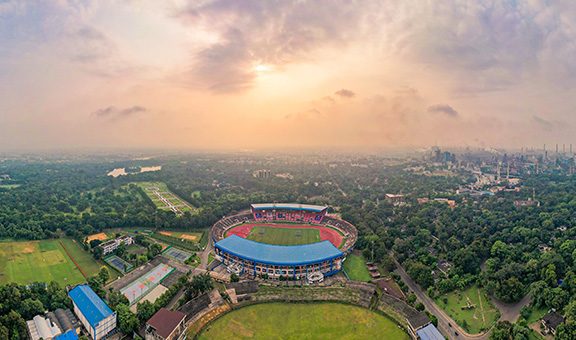
Cuisine of Jamshedpur
Jamshedpur’s food scene is as diverse as its population, offering a mix of local tribal cuisine, Bihari influences, and flavors from across India.
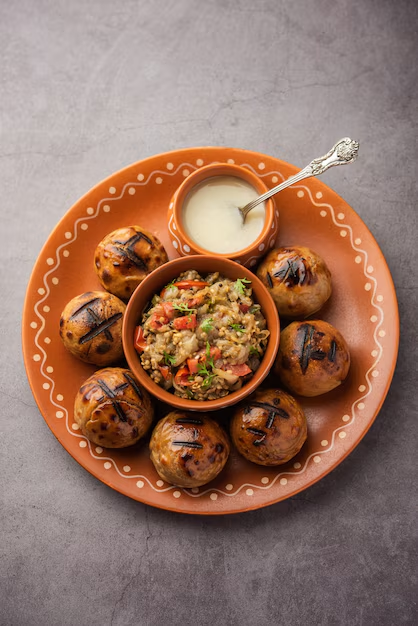
Litti Chokha
Baked wheat balls stuffed with spiced sattu, served with a smoky mash of roasted vegetables.

Thekua
A classic crunchy sweet snack made from wheat flour and jaggery, deep-fried to perfection.
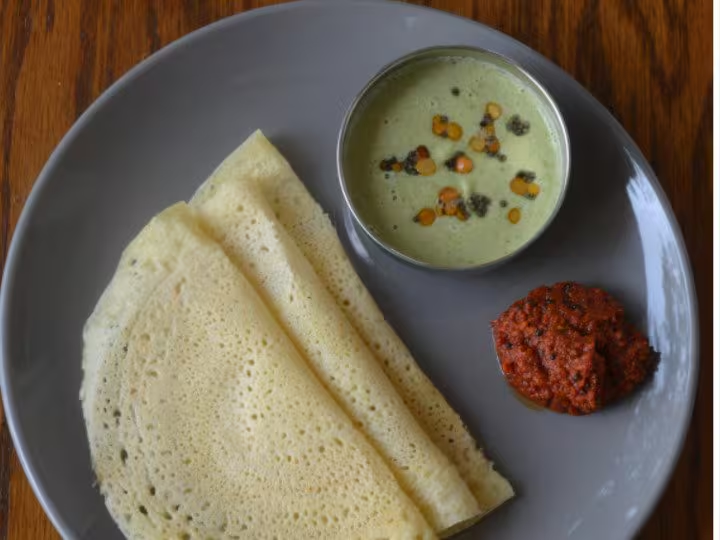
Chilka Roti
A savory and soft pancake made from rice flour, typically paired with tangy chutneys or curries.

Dhuska
A fluffy, deep-fried savory snack made from fermented rice and lentil batter, served with spicy potato curry.
Shopping in Jamshedpur
Shopping in Jamshedpur offers a mix of tribal handicrafts, modern retail, and, of course, products made from the city’s famous steel.
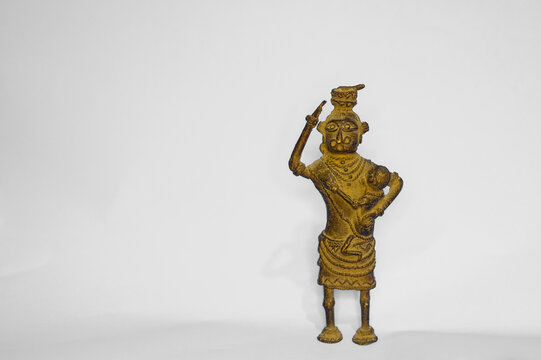
Dhokra Art
Exquisite tribal metal castings crafted using the ancient and intricate lost-wax technique.
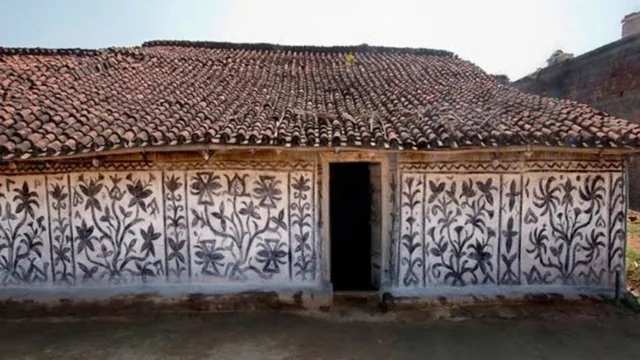
Sohrai & Khovar Paintings
Vibrant traditional tribal mural art depicting folklore and natural themes.
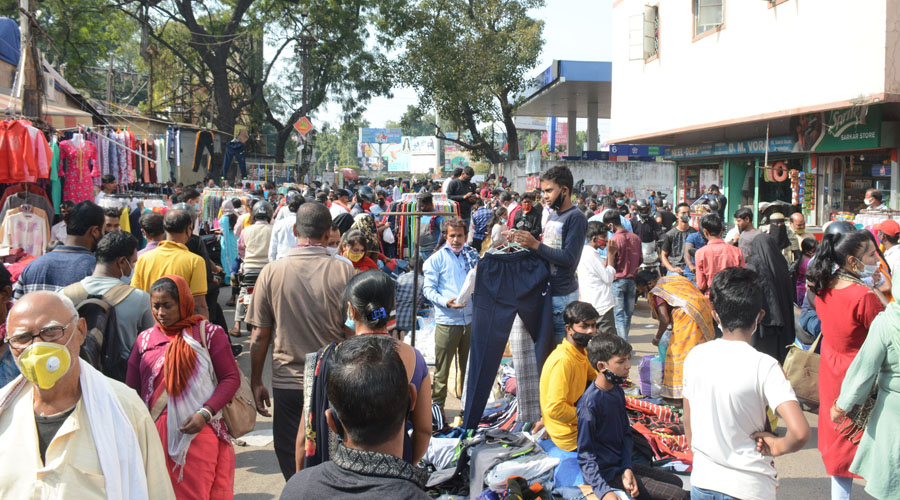
Sakchi Market
The city’s bustling main market offering everything from local crafts to electronics.
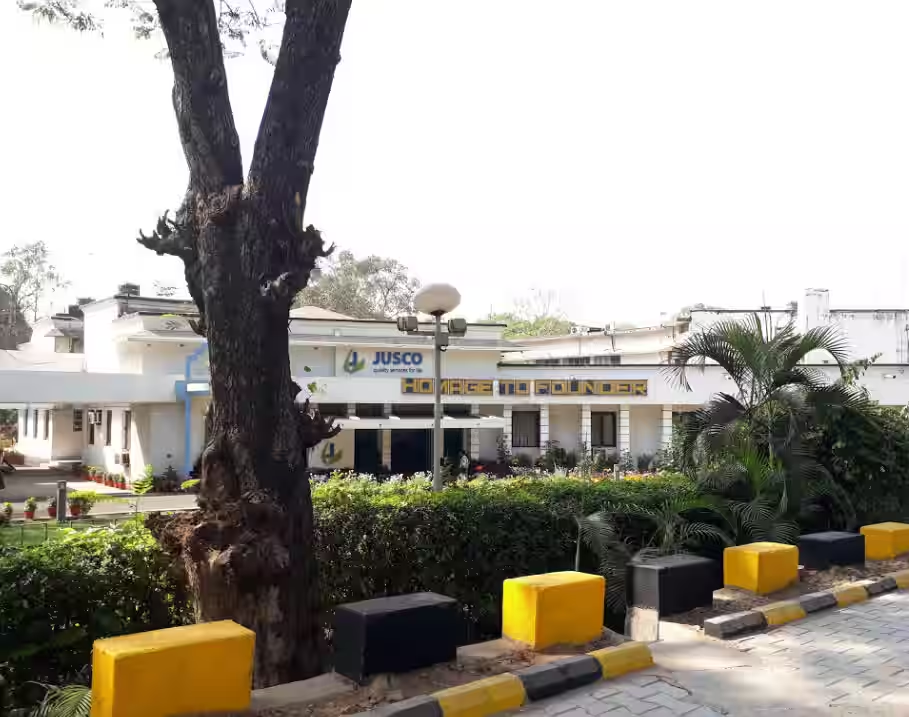
Jamshedpur Utility Stores
The premier destination for unique souvenirs crafted from iconic Tata Steel.
Tourist's Handbook
The best time to visit Jamshedpur is during the winter months, from October to March, when the weather is pleasantly cool and dry. This season is ideal for exploring the city's parks, embarking on wildlife safaris in Dalma, and enjoying outdoor activities like boating at Dimna Lake. The comfortable climate is perfect for sightseeing and attending vibrant local festivals. It is advisable to avoid the intense heat of summer and the heavy rainfall of the monsoon season.
Mind Wildlife in Sanctuaries – While visiting Dalma Wildlife Sanctuary, always maintain a safe distance from animals, avoid feeding them, and strictly follow your guide's instructions.
Be Cautious on Hilly Roads – Exercise caution while driving or trekking on the hilly terrain around Dimna Lake and Dalma; roads can be narrow and winding.
Stay Hydrated in Industrial Areas – The industrial zones can be dusty and hot; carry bottled water and protect yourself from the sun during factory tours or outdoor visits.
Use Registered Transport – For a secure commute, prefer pre-paid taxis or app-based cab services to avoid overcharging, especially from the railway station or bus stands.
Guard Belongings in Markets – As in any bustling city, keep your valuables secure and be aware of your surroundings in crowded markets like Sakchi and Bistupur.
Navigating Jamshedpur is relatively straightforward thanks to its well-planned layout. Auto-rickshaws are the most common and convenient mode of transport for short to medium distances within the city. For a more comfortable and reliable commute, app-based cab services like Ola and Uber are widely available. To explore the city's expansive parks and key attractions at your own pace, consider renting a car with a driver for the day. While the city center is navigable by foot, its wide-spread industrial and natural sites make motorized transport a necessity.
Overpriced Taxi/Auto Rides – Always insist on using the meter or agree on a fare before the journey begins; avoid unregistered vehicles.
Unofficial "Plant Tour" Tickets – Official Tata Steel plant tours require prior permission; be wary of touts selling fake or unauthorized entry.
Overcharging for Tribal Handicrafts – Compare prices at different stalls in government emporiums or established shops before purchasing high-value Dhokra art.
Fake Wildlife Guides in Dalma – Hire only authorized guides from the forest department checkpoint to ensure a safe and legitimate sanctuary tour.

